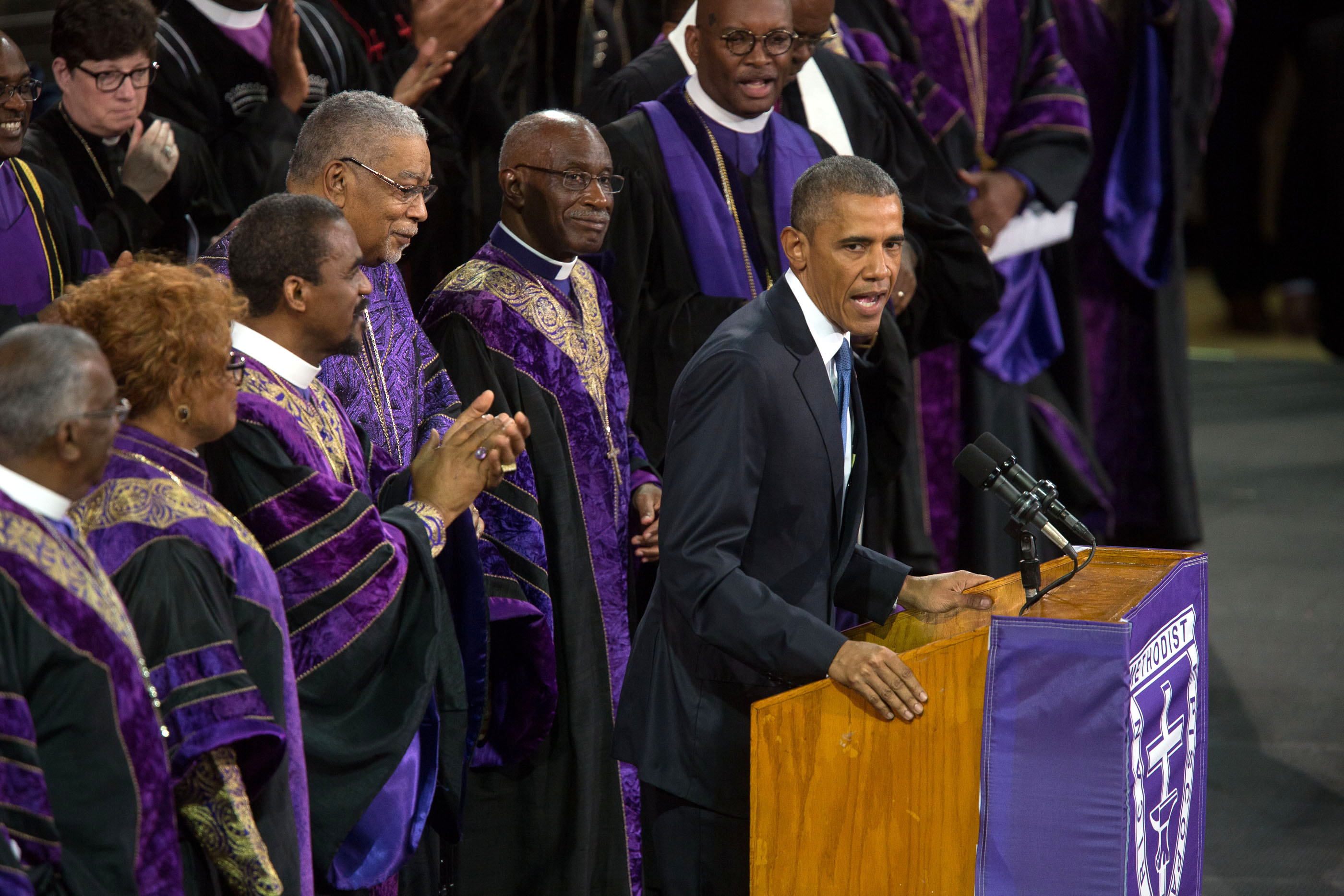Views expressed in opinion columns are the author’s own.
“And so, after weeks in the courtroom, and shortly before Dylann Roof was asked to stand and listen to his sentence, I decided that if he would not tell us his story, then I would.”
This excerpt comes from Rachel Kaadzi Ghansah’s recent essay for GQ, “A Most American Terrorist: The Making of Dylann Roof.” Roof murdered nine black worshipers in the 2015 Charleston church massacre.
In January, Roof was sentenced to death, the first federal hate crime defendant to receive such a punishment. But during his trial Roof was quiet. The families of the dead were desperate for remorse or at least for an explanation, but he kept his head down and gave nothing. This silence is what moved Ghansah to write her piece.
“Roof reminded us that he did not have to answer to anyone … [He] was safeguarded by his knowledge that white American terrorism is never waterboarded for answers, it is never twisted out for meaning,” Ghansah correctly notes.
Not only that, white terrorism often goes unidentified as such. The coverage of Roof, and others like him, often looks to humanize without investigating the causes of radicalization. Roof’s story becomes limited to that of a troubled boy from a broken home, with little column space devoted to the racist websites that encouraged him or the community that educated him. When Roof used racial slurs and talked about killing people, none of his friends took him seriously. The normalization of white supremacy is such that direct threats by Roof were not even seen as out of the ordinary.
“Roof is what happens when we prefer vast historical erasures to real education about race … It is possible that Dylann Roof is not an outlier at all, then, but rather emblematic of an approaching storm,” Ghansah writes.
This is so critical in coverage of white terrorism because it illuminates an area where so many others fail. For most journalists, the story is simple: when a terrorist is brown, they are emblematic. When a terrorist is white, they are an outlier. The outlier narrative undeniably soothes the white psyche. It is much easier for most Americans to think of Roof as separate and unique. It lets us shake our heads and pretend we can’t understand how it happened. But the Dylann Roofs of this country are made, not born, and if we don’t understand that by now it is because we choose not to.
This is not just a problem in South Carolina. The University of Maryland has also been forced to cope with white supremacist violence. On May 20, Sean Urbanski, a white University of Maryland student, allegedly murdered Richard Collins, a black student at Bowie State University.
Like Roof, Urbanski belonged to an online white supremacist group. Once again, the coverage of Urbanski is critical to shaping the overall narrative. The alleged crime is either a totally inexplicable act of violence or a racially motivated hate crime. Though some outlets have published strongly written pieces — The Nation correctly described Urbanski as “a homegrown terrorist who grew out of the soil of this college campus” — many others have avoided rhetoric regarding terrorism or hate.
Whether the media is covering Urbanski or Roof, a killer in Charlottesville or in Portland, a white man with a gun or a knife, the trends that need to be acknowledged are often overlooked. The places and the names change, but the story of white terrorism is as old as our country itself. It might appear random out of context, but good journalism tells the whole story.
In highlighting the work of Ghansah and others, I do not mean to belittle writing that is centered on the victims of white terrorism. It is crucial that those stories are told and that we do not romanticize mass-shooters.
But there is nothing romantic about Ghanash’s writing on Roof. The man she renders is not a deep, complicated figure, nor is he some anomaly. He is a direct product of all-American white supremacy. He channeled his personal dissatisfaction into racial violence, just as he was taught to do.
It is necessary that this is the story we tell, both in terms of accurately recording history and combating future violence. If we care about preventing these crimes, we have to talk about where they come from. We need to be thorough in our investigations and precise in our language. By calling him “A Most American Terrorist,” Rachel Kaadzi Ghansah shows us where to start looking.
Jack Lewis is a senior government and politics major. He can be reached at jlewis20@umd.edu.



